Meet the Faculty Who Are New in the College of Natural Sciences
The newest members of the College of Natural Sciences faculty bring a depth of experience and expertise from across STEM disciplines.
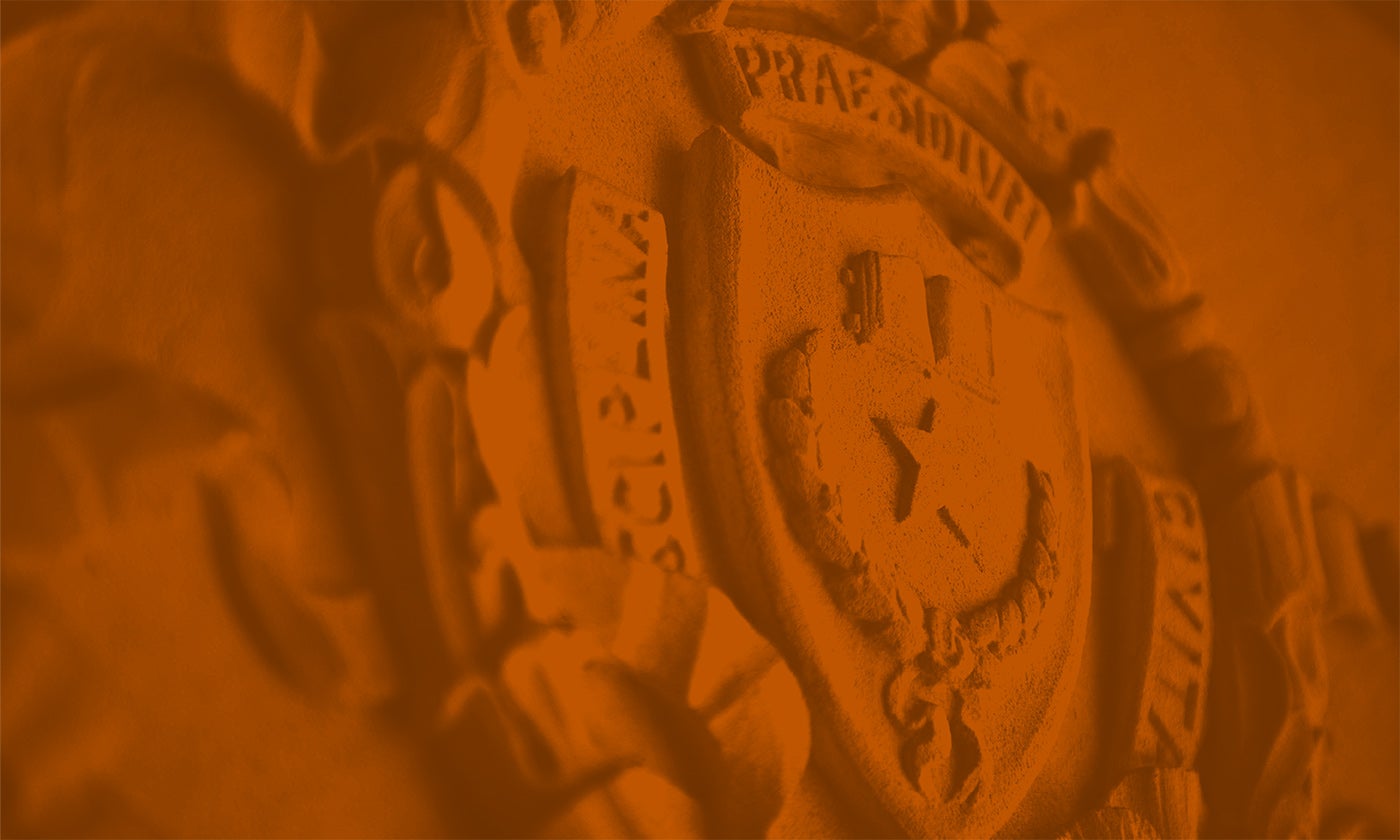
The College of Natural Sciences each year welcomes new tenured and tenure-track faculty members whose research, teaching and service make possible big strides in Natural Sciences. Learn about some of the faculty members who have joined this academic year and what they research.

Carlos Botero
Associate Professor, Department of Integrative Biology
Botero’s research is broadly interested in how organisms cope with and adapt to fluctuating environments. His lab’s work is currently focused on understanding the evolutionary causes and consequences of enhanced cognition as well as the variety of forces that drive the evolution of human culture. The lab is also involved in collaborative efforts to understand and predict organismal responses to climate change. Botero, who was previously a faculty member at Washington University in St. Louis, received his Ph.D. from Cornell University and his B.S. from Universidad de los Andes in Colombia.

Ashay Burungale
Assistant Professor, Department of Mathematics
Burungale’s research primarily concerns number theory and automorphic forms. The arithmetic of elliptic curves, special values of L-functions and zeta elements continue to fascinate him. Over the last few years, he has been mystified with the Birch and Swinnerton-Dyer conjecture and non-ordinary Iwasawa theory. Besides being an avid walker, Ashay has a keen interest in films and literature. He received his B. Math. degree from Indian Statistical Institute Bangalore and Ph.D. from University of California, Los Angeles. Prior to moving to Austin, he spent several years at the California Institute of Technology as a research assistant professor.

Hsin-Yu Chen
Senior Research Fellow, Department of Physics
Chen served as a NASA Einstein-MIT Kavli Institute Fellow. Her research focuses on detecting gravitational waves from compact binary coalescences. She studies gravitational-wave multi-messenger astronomy. She earned her Ph.D. from the University of Chicago and was a Black Hole Initiative Fellow at Harvard University.

Chiara Damiolini
Assistant Professor, Department of Mathematics
Damiolini’s research explores the role of representation theoretical objects in algebraic geometry. Her main work focuses on the study and development of a generalized notion of conformal blocks from an algebraic geometric point of view. She is particularly interested in how these objects relate to moduli spaces of principal bundles and of stable curves. She has previously served as an instructor and lecturer at Princeton University and a Hill assistant professor at Rutgers University; she did her postdoctoral training in the Math Department at the University of Pennsylvania.

Joseph Dunsmoor
Assistant Professor, Department of Neuroscience
Dunsmoor, who is also a faculty member in the Department of Psychiatry and Behavioral Sciences at Dell Medical School, studies how emotion and cognition interact to determine how we learn about and remember important events. His work seeks to bridge research from healthy adults to patients characterized by the inability to regulate fear and anxiety using translational cognitive neuroscience approaches. Dunsmoor earned his Ph.D. from Duke University and completed a postdoctoral fellowship at New York University.

Nicholas Galitzki
Assistant Professor, Department of Physics
Galitzki is an experimental cosmologist who designs and builds telescopes to look at the oldest light in the universe, the cosmic microwave background. By examining the signals from the early universe he hopes to reveal clues about what happened in the first fraction of a second after the big bang. However, these signals are incredibly faint and require pushing the boundaries of current technology. Research in his lab focuses on developing the experimental techniques and technologies to enable ever more sensitive observations. His research also incorporates the subsequent analysis and interpretation of astrophysical data. Galitzki did his undergraduate studies at the California Institute of Technology. He received his Ph.D. from the University of Pennsylvania under the supervision of Mark Devlin with a research project focused on a balloon-borne telescope that was launched from Antarctica. He held a postdoctoral position at the University of California, San Diego under the supervision of Brian Keating and Kam Arnold with the Simons Observatory as his research focus. Galitzki also completed a short Fulbright Scholarship to develop a drone-based calibration source at Pontificia Universidad Católica de Chile with collaborator Rolando Dunner.

William Gilpin
Assistant Professor, Department of Physics
Gilpin’s research bridges fluid dynamics, machine learning and systems biology. His lab develops new theory and algorithms for the analysis and control of chaotic systems—ranging from turbulent puffs to neural spikes—and collaborates to apply these tools broadly. One part of his lab specializes in developing novel machine learning algorithms for time series, drawing upon the classical physics of complex systems such as strange attractors, cellular automata and formal grammars. The second part of the group applies these principles to real-world complex systems such as biological recordings and fluid mixing. Gilpin was previously an NSF-Simons Fellow at Harvard’s Quantitative Biology Initiative. He received his Ph.D. in applied physics from Stanford University and his B.A. in physics from Princeton.

Nicholas Hunter-Jones
Assistant Professor, Department of Physics and Department of Computer Science
Hunter-Jones’s research focus is quantum information theory and quantum many-body physics. Broadly speaking, he enjoys applying techniques from physics to solve problems in quantum computing and, conversely, using ideas from quantum information to better understand physical systems. Specific research interests include: solvable models of strongly-interacting quantum dynamics, quantum complexity and pseduo-randomness, algorithms for quantum simulation and demonstrations of quantum advantage. He received his undergraduate degree in physics from MIT and received his Ph.D. in physics from Caltech. He was subsequently a postdoc at the Perimeter Institute for Theoretical Physics and a Bloch postdoctoral fellow at Stanford University.
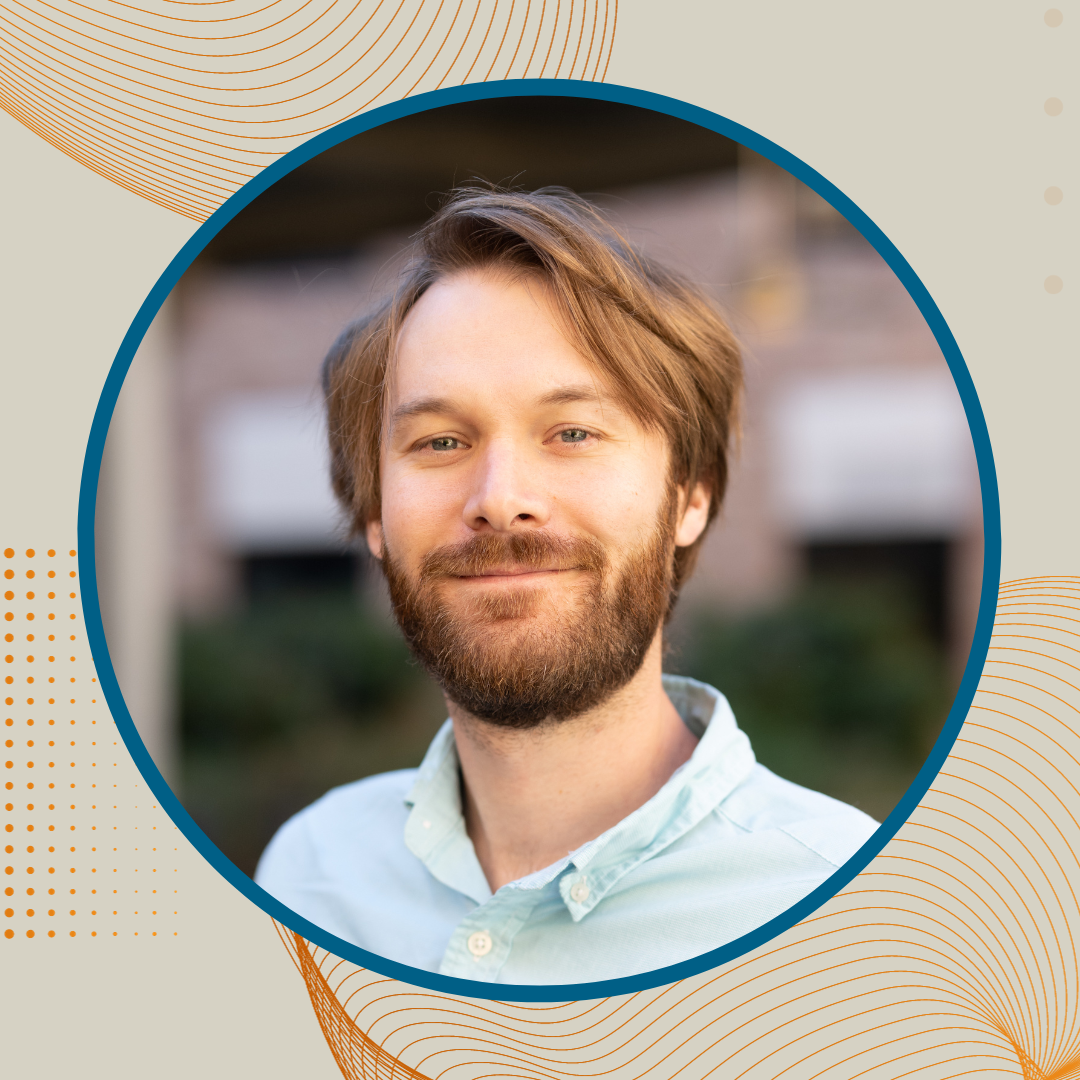
Scott Kravitz
Assistant Professor, Department of Physics
Kravitz is an experimental particle physicist whose goal is to detect dark matter here on Earth for the first time and understand what it is made of at the particle level. His current efforts center on using large, exceptionally low-background particle detectors called xenon time projection chambers to observe incredible rare interactions between them and the dark matter continually passing through us. Kravitz is a collaborator on the LUX-ZEPLIN (LZ) dark matter experiment, an international collaboration which set world-leading limits searching for weakly interacting massive particles (WIMPs), one of the best-motivated theories of dark matter. He is also interested in developing new particle detector methods to enable the next generation of dark matter experiments. Kravitz earned his Ph.D. from Stanford University and completed his post-doctoral fellowship at Lawrence Berkeley National Lab.

Mark Lever
Associate Professor, Department of Marine Science
Lever uses highly sophisticated instruments and techniques to understand the role of microorganisms in the global carbon cycle. His research has probed rocks deep within the Earth’s crust to discover that microbes live and survive in rocks estimated to be 3.5 million years old. His research also helps advance understanding about how the activities of marine animals affect the role of sediments as carbon sinks and how human disturbance by pollution, fishing or too many nutrients influences the release of sedimentary greenhouse gases to the atmosphere. He received his Ph.D. from the University of North Carolina, Chapel Hill and his bachelor’s and master’s degrees at Boston University. He previously served on the faculty of ETH Zurich.

Jeffrey Lockman
Professor, Department of Human Development and Family Sciences
Lockman is a developmental psychologist who conducts research on perception-action development and early cognitive development. His work centers on the early development of adaptive manual behaviors, including reaching, object manipulation and tool use. With his students, he has developed behavioral and kinematic measures using motion-tracking technology to assess manual stereotypes, tool use and problem-solving in infants and young children. A central goal of this work is to understand how adaptive behaviors such as tool use and problem-solving emerge from the motor behaviors of young infants. He has served as an appointed member of the Motor Function, Speech and Rehabilitation Study Section for the National Institutes of Health and on review panels for the National Science Foundation. He previously served as professor of psychology at Tulane University. He received his Ph.D. from the Institute of Child Development at the University of Minnesota.
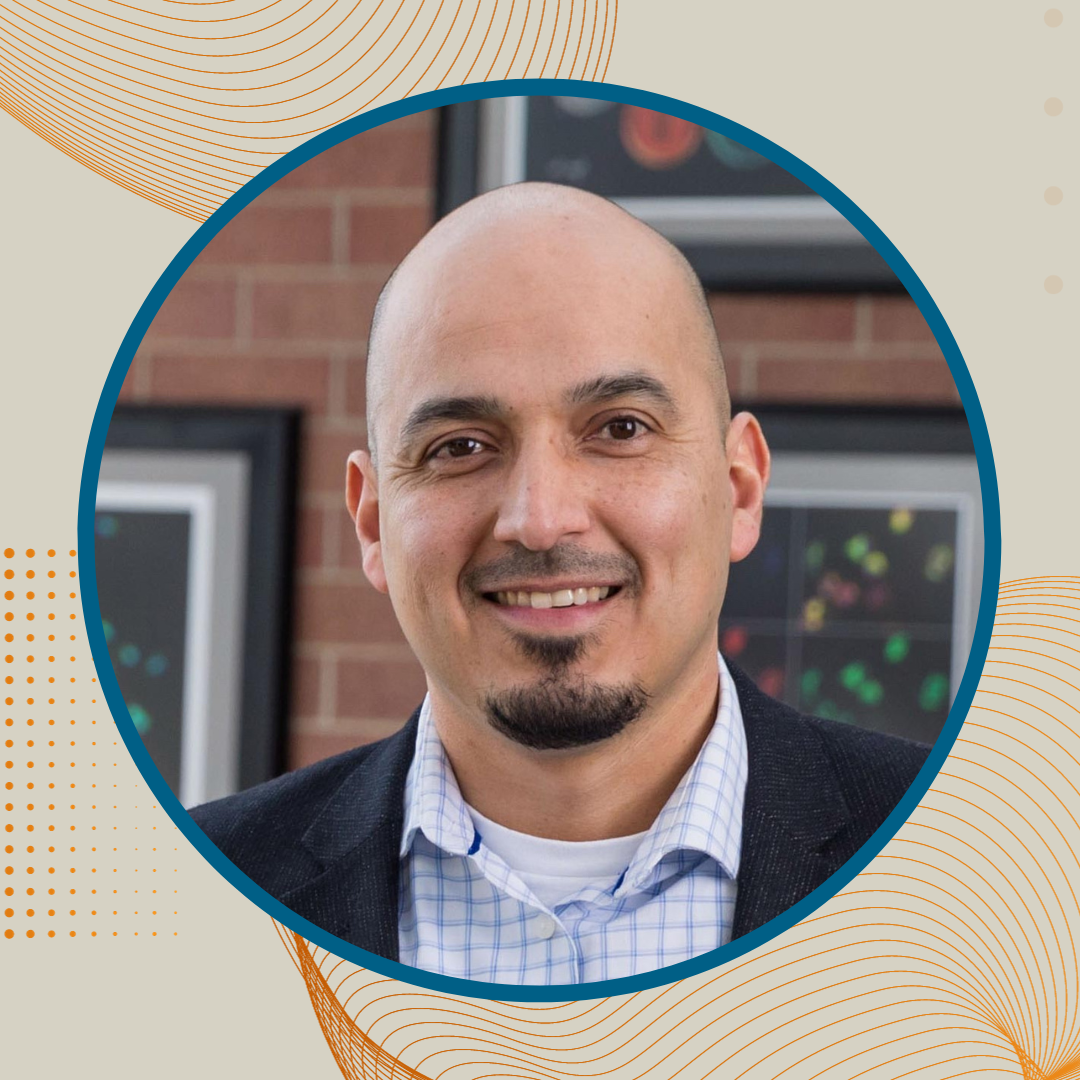
Jaime Lopez-Mosqueda
Assistant Professor, Department of Molecular Biosciences
Lopez studies how cells repair a particular DNA lesion known as DNA-protein crosslinks. These lesions are typically induced by chemotherapeutic agents, but they can also form spontaneously. Understanding the precise molecular and biochemical mechanism by which DNA-protein crosslinks are repaired may shed light on how cancer cells can become resistant to chemotherapy. He received his Ph.D. in biomedical sciences from the University of California, San Francisco. Lopez conducted postdoctoral training at the Institute for Biochemistry Il, Goethe University Medical School in Frankfurt, Germany, where he studied ubiquitin signaling and DNA repair. Before joining UT, he was an assistant professor in the Biology and Microbiology Department at South Dakota State University.
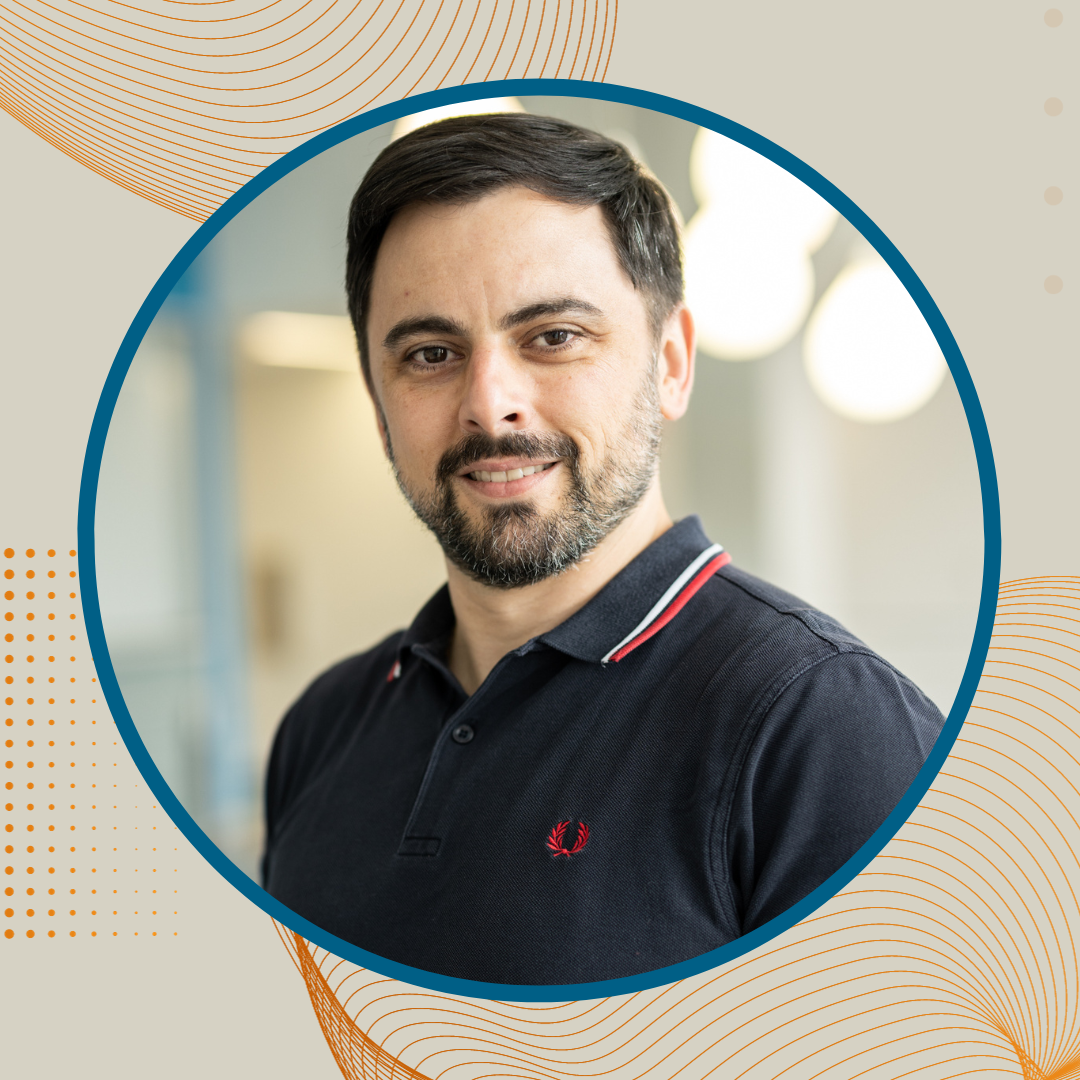
Roberto Martín-Martín
Assistant Professor, Department of Computer Science
Martín-Martín’s research is focused on robotics and creating machines that can perceive their environment to acquire task-relevant information, plan a course of action towards a desired new environment configuration and execute the plan in a safe and robust manner, even under uncertainty and noisy actuation. He is inspired by human cognition through psychology and cognitive science. In his research, he integrates artificial perception—mostly, but not only, computer vision—planning and control, and views them as learning problems, where experience should help to improve a robot’s abilities. He received his master’s and Ph.D. from Technische Universität Berlin and his B.S. from Universidad Politécnica de Madrid. He worked as a postdoctoral scholar at the Stanford Vision and Learning Lab.
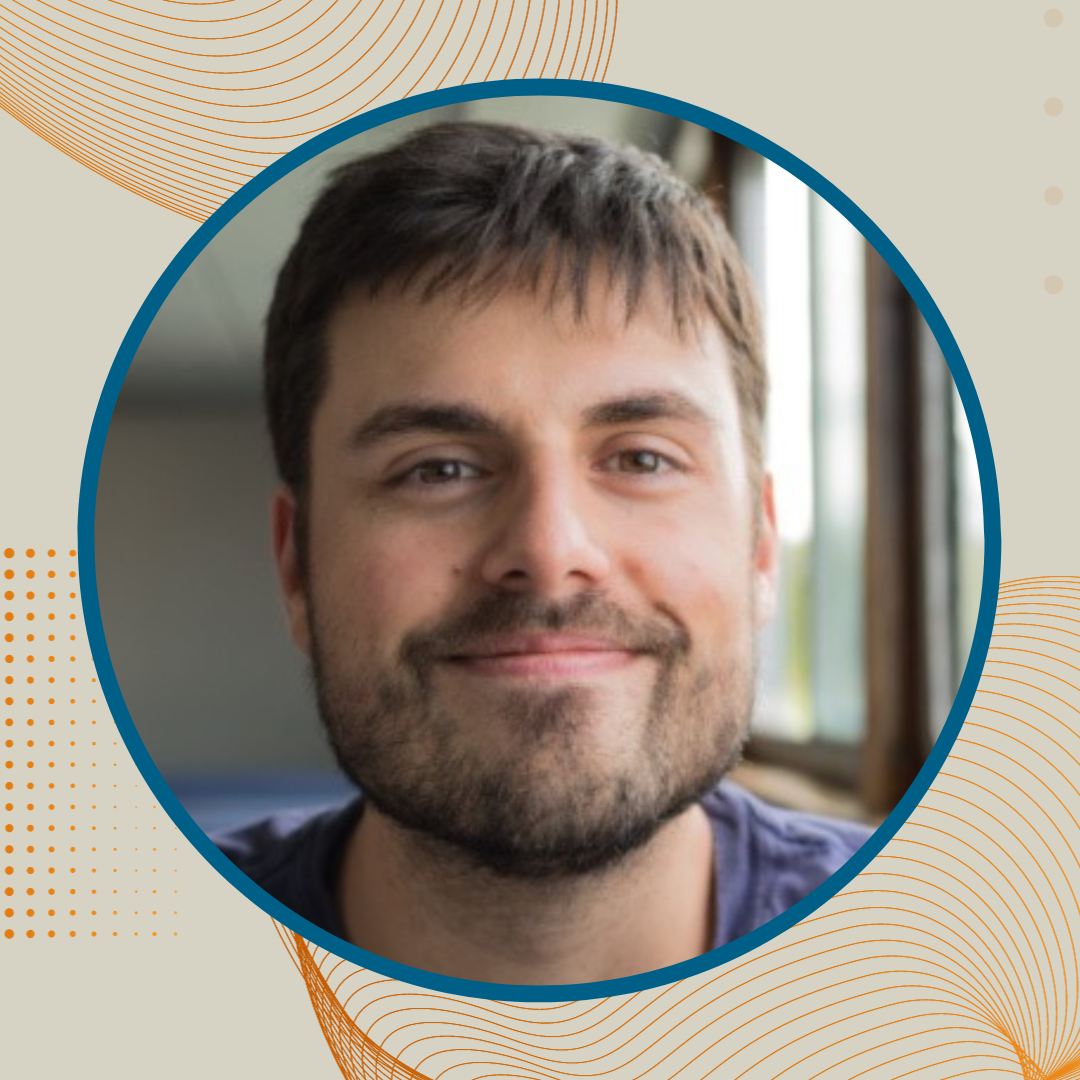
Julian Muñoz
Assistant Professor, Department of Astronomy
Muñoz is a theoretical astrophysicist, working on uncovering the nature of the cosmological dark matter and its interface with the formation of the first galaxies. His best-known work is on 21-cm cosmology, where he developed techniques to learn cosmology from the cosmic dawn and reionization eras. His research at UT leverages data from 21-cm as well as space telescopes, like James Webb, to understand dark-matter microphysics and measure the expansion rate of the universe. He has also used observations from the cosmic microwave background, the large-scale structure and fast radio bursts to search for new physics. Muñoz received his Ph.D. from Johns Hopkins University in 2017. Prior to joining UT Austin, he was a postdoctoral fellow at Harvard and later held a Clay fellowship at the Harvard-Smithsonian Center for Astrophysics.
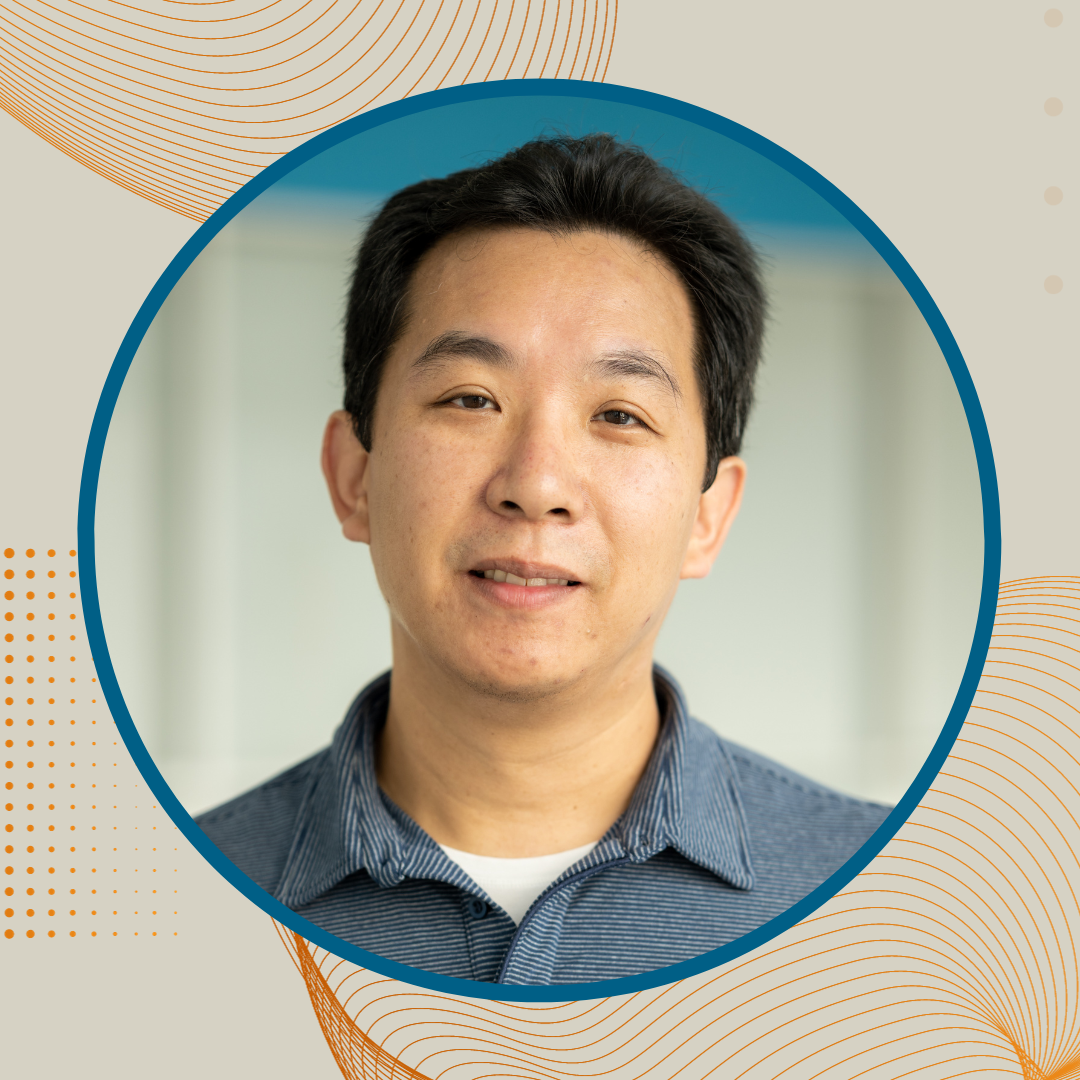
Roger Peng
Professor, Department of Statistics and Data Sciences
Peng’s research focuses on developing theory and methods for building successful data analyses and on the development of statistical methods for addressing environmental health problems. Previously, Peng was a professor of biostatistics at the Johns Hopkins Bloomberg School of Public Health and the co-director of the Johns Hopkins Data Science Lab. He is the author of the popular book R Programming for Data Science and 10 other books on data science and statistics. He is also the co-creator of the Simply Statistics blog, where he writes about statistics for the public; the Not So Standard Deviations podcast with Hilary Parker; and The Effort Report podcast with Elizabeth Matsui. Peng is a fellow of the American Statistical Association and is the recipient of the Mortimer Spiegelman Award from the American Public Health Association, which honors a statistician who has made outstanding contributions to public health. Peng received a Ph.D. in statistics from the University of California, Los Angeles.
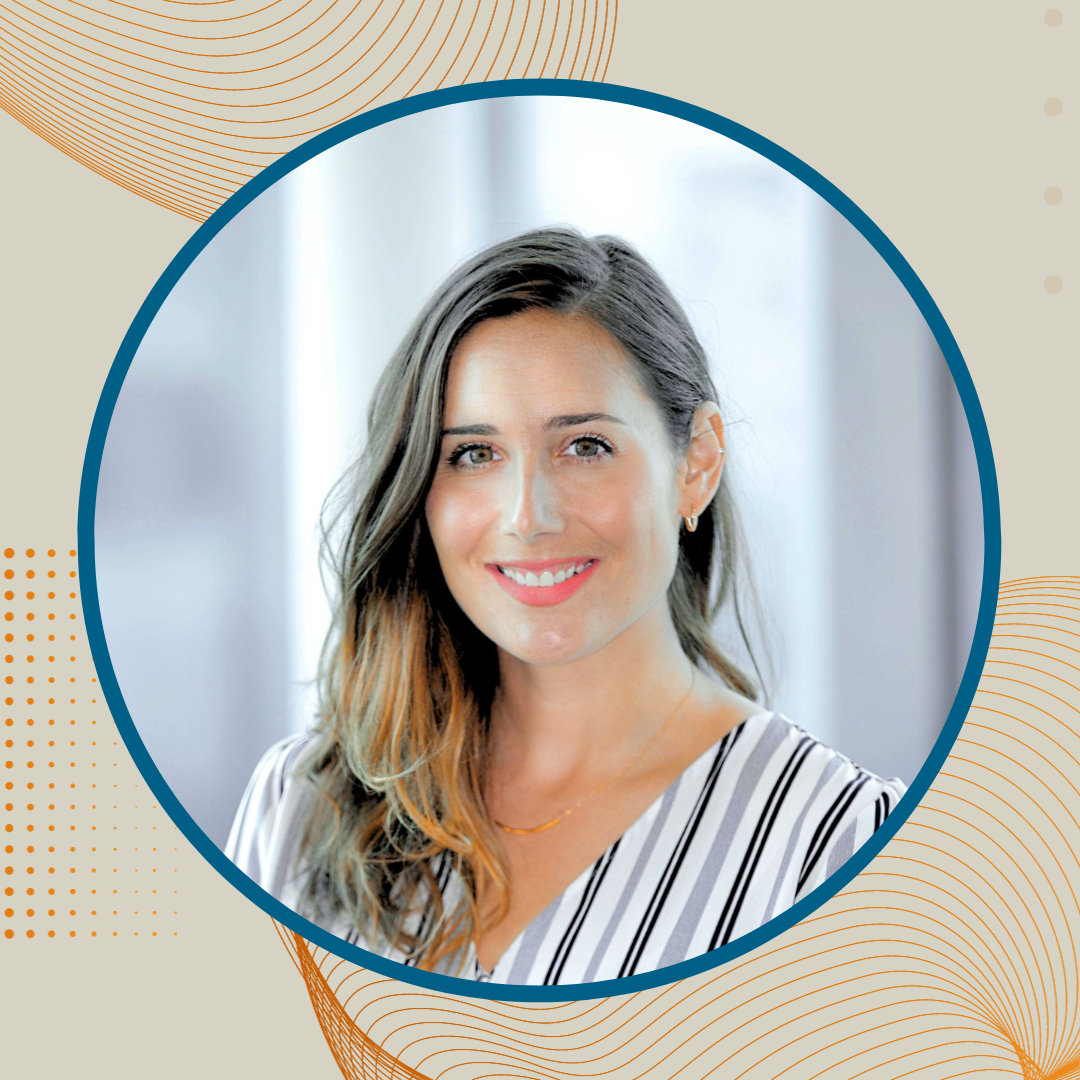
Arielle Woznica
Assistant Professor, Department of Molecular Biosciences
Woznica's research uncovers the molecular mechanisms by which choanoflagellates – the closest living relatives of animals – recognize and respond to microbes. Studying mechanisms of immunity in choanoflagellates has the potential to illuminate the origin and evolution of animal immune pathways. Woznica earned her B.S. from the University of Arizona, and her Ph.D. from the University of California, Berkeley, under the supervision of Nicole King. She completed her training as a Howard Hughes Medical Institute Hanna Gray Postdoctoral Fellow in the lab of Julie Pfeiffer at the University of Texas Southwestern Medical Center.



